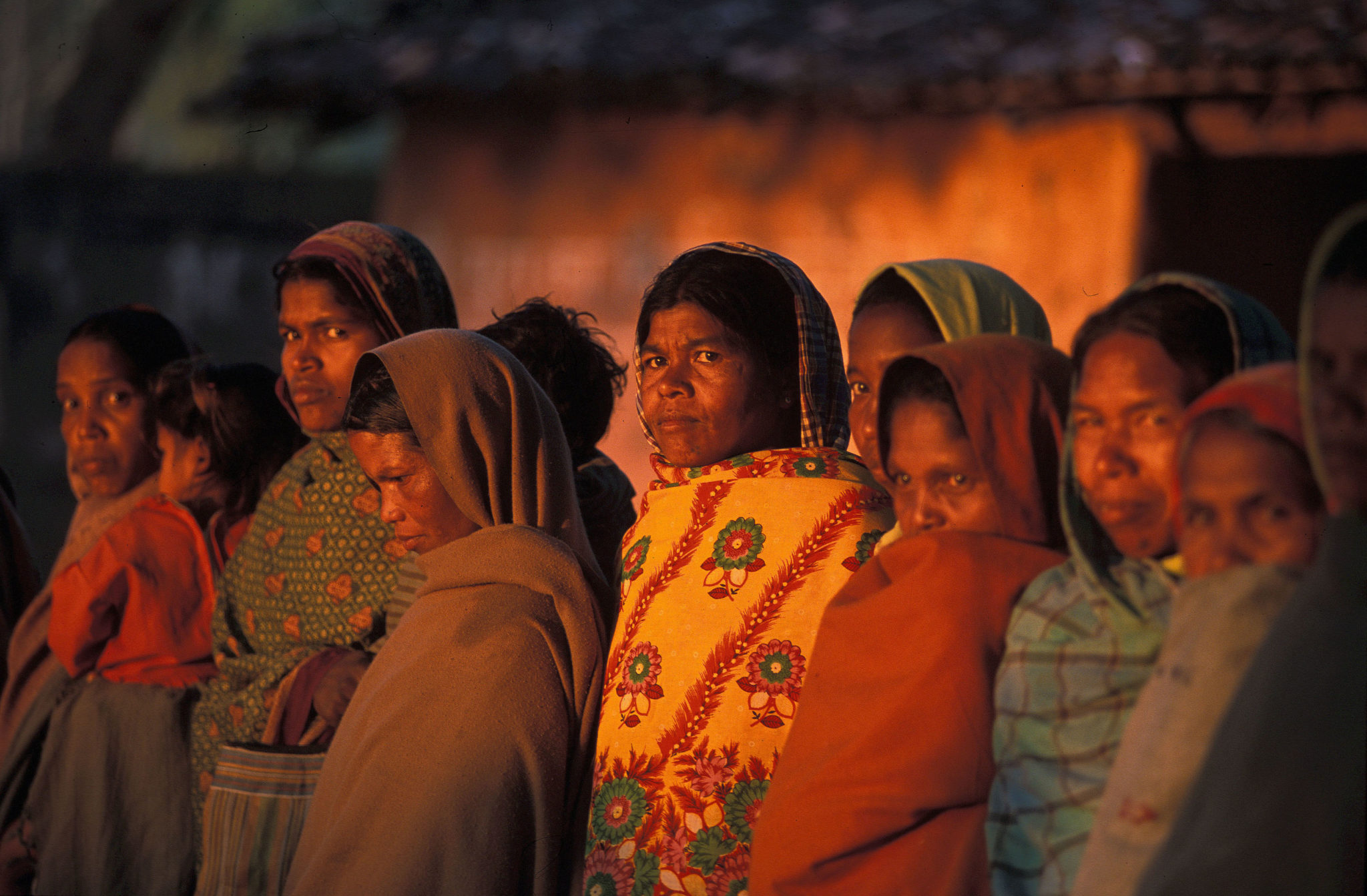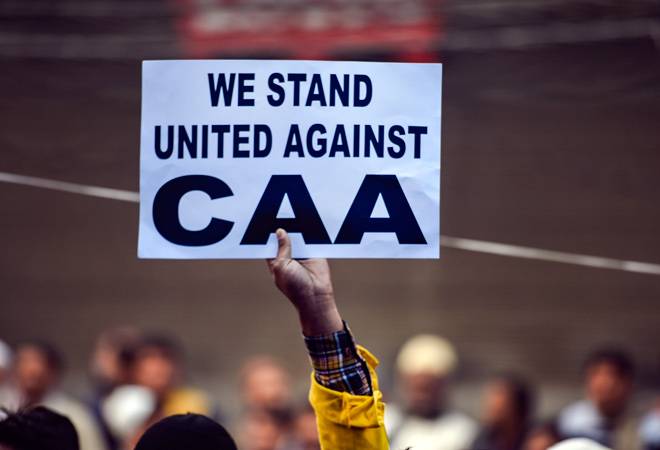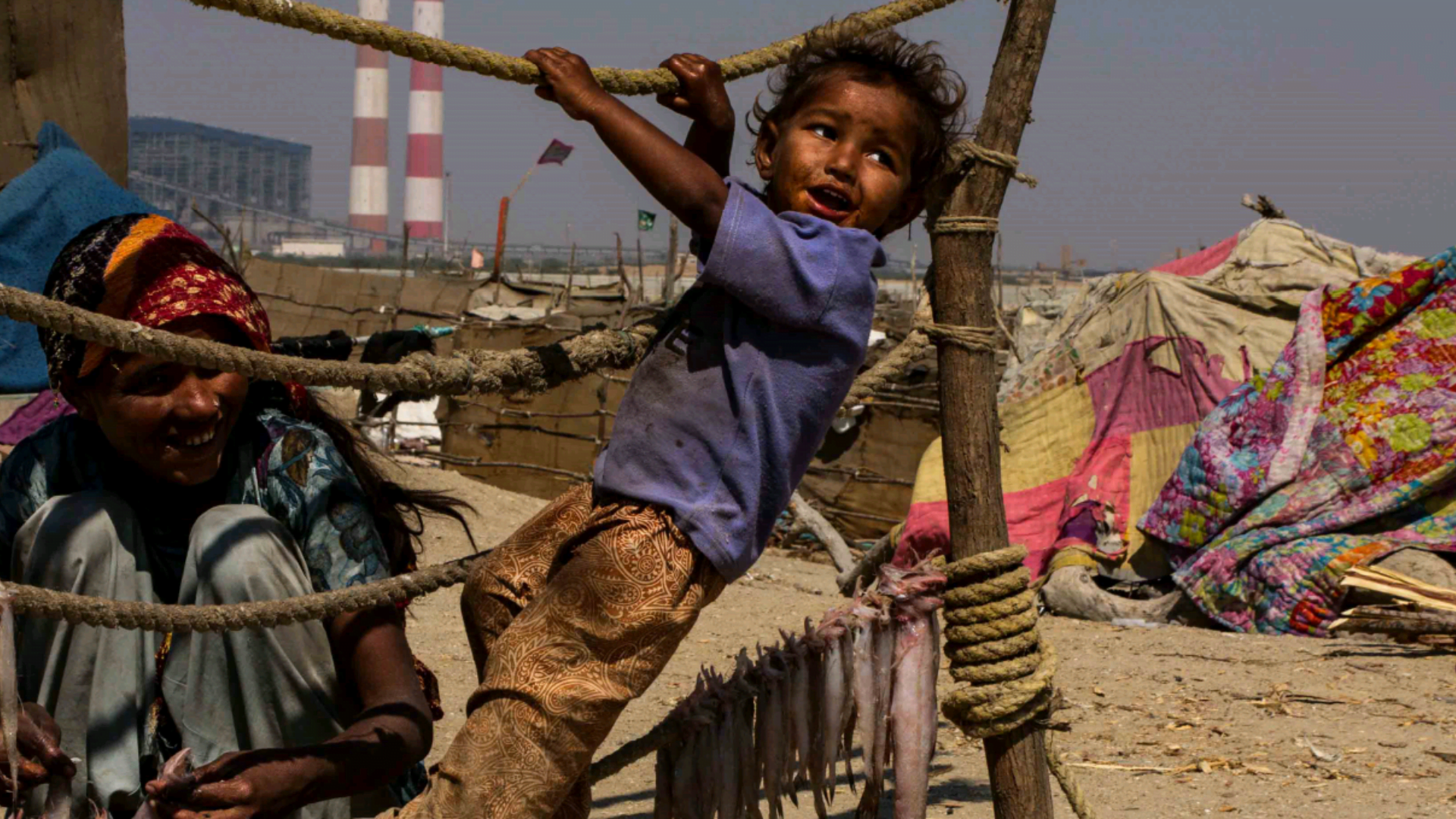Provoked attacks and shaming of minorities, marginalised castes and other oppressed populations by the Hindu Right have become a routine Phenomenon in India, but they seem to evoke little from the Government and the majority public. Violence is a foundational element of Hindutva — as an ideology and as political action. This routinisation of violence against the marginalised in the Indian political sphere is not only a post-2014 phenomenon but has been a long-term process adopted by ruling elites since Independence and maximised by BJP.
Stigmatisation, social exclusion and consequent deprivation from socio-economic benefit have developed a sense of mortification that is making the marginalised groups feel utterly helpless, evoking “a highly intense emotional reaction to the context of having been lowered in the eyes of the rest of the population”.
Conflicts in the post-colonial societies are generally the results of specific Western historical mechanisms which produced a global system where exclusion and humiliation of some are the mainstays of global affairs, a tendency then replicated at the local level in the developing world. In a closed society like India, where human worth is equated with social status, and those of an inferior status are considered less human, humiliation is built into their very structure.
Conflicts in the post-colonial societies are generally the results of specific Western historical mechanisms which produced a global system where exclusion and humiliation of some are the mainstays of global affairs, a tendency then replicated at the local level in the developing world. In a closed society like India, where human worth is equated with social status, and those of an inferior status are considered less human, humiliation is built into their very structure.

India’s local configuration of power never gave equal space to all its citizens. The functioning of institutionalised inequality on the basis of caste, religion, gender or race is hyper-visible, which is internally conservative and externally radical. It’s not only inequality or discrimination; it’s humiliating and most often violent. In public life, humiliation is always more than an individual and subjective feeling. It is a tool of political power, wielded with intent.
The feeling of being humiliated and living in a state of non-recognition can be so unbearable that the ashamed person chooses death. Humiliation was abandoned; it individualised someone from all the others, not as a subject with agency and voice but as an object of scrutiny, scorn and possible violence.
In the Wretched of the Earth, Frantz Fanon said that, “The European elites undertook to manufacture the regional elite. Decolonisation is quite simply the replacing of a certain species of men with another species of men. Without any transition, there is totally complete and absolute substitution”.
India’s local configuration of power never gave equal space to all its citizens. The functioning of institutionalised inequality on the basis of caste, religion, gender or race is hyper-visible, which is internally conservative and externally radical. It’s not only inequality or discrimination; it’s humiliating and most often violent. In public life, humiliation is always more than an individual and subjective feeling. It is a tool of political power, wielded with intent.
In post-colonial societies, political and social elites are nowhere different from their colonial masters as they are the complete substitution of their colonial masters. Colonisers have invented hierarchy: a hierarchy of economies, societies and cultures where racial discrimination was at the very core of the colonial configuration of power. Similarly, at the level of the local configuration of power, caste humiliation was determining factor. Nationalists were radically opposed to the racial humiliation but were greatly insensitive toward caste humiliation.

Their inconsistency in dealing with the question of marginalised castes, women and other marginalised groups has repeated the same mechanism of humiliation of which they were the victims at first instance. Instead of being rectified, this unholy colonial legacy has been exacerbated in the post-colonial period. Oppression of Dalits, Adivasis and Shudras, violence against Muslims and other minorities, sub-ordination of women, abrogation of Article 370 and imprisonment of the countless defiant individual under UAPA are nothing but a continuity of colonial pattern of humiliation and suppression.
This pattern of internalised humiliation of marginalised groups is the internalisation of the dominant group’s attitudes, beliefs, and values while devaluing other attitudes, beliefs, and values. In essence, the oppressor group is so powerful that it unilaterally decides and determines what is right, real and normal and ignores, discounts, misrepresents or eradicates the target group’s culture, language, and history. This is exactly what the current hegemonic politics of Hindutva is doing in contemporary India.
This pattern of internalised humiliation of marginalised groups is the internalisation of the dominant group’s attitudes, beliefs, and values while devaluing other attitudes, beliefs, and values. In essence, the Elite group is so powerful that it unilaterally decides and determines what is right, real and normal and ignores, discounts, misrepresents or eradicates the target group’s culture, language, and history. This is exactly what the current hegemonic politics of Hindutva is doing in contemporary India.
Over the years, Right-wing Hindu organisation has mobilised the majority over the theme of hurt collective emotions and have constructed a powerful security imaginary around the loss of past national greatness from Muslims and have ingenuously weaponised this sentiment across the country. As a result of such a fabricated narrative, Muslims in India today are more marginalised and more vulnerable to violence and humiliation by the Majority community.
When the majority became a mute spectator, and the Government resorts to its only guiding principle: that is the dehumanisation of minorities and marginalised, then the victim group had left with no other option than to resist. Resistance is internal to humiliation. When a victim or suppressed group protests, then it reclaims being equal. The practice of humiliation by the perpetrator always legitimises retaliation from those who feel humiliated. This retaliation could be non-violent or sometimes violent in nature.
The use of violence often did not end with obtaining political independence. The post-colonial Indian state has always legitimised brutality and violence to counter popular insurgencies and resistance, which challenge its hegemony, legitimacy and territorial sovereignty. It is well reflected in the heavy presence of security forces in Kashmir and North Eastern State to deal with Naxalites, Maoists, and the insurgent groups.
Also read: Population Control And Its Prejudices Against Marginalised Bodies
Even in another part of India, the application of force and police power is profoundly shaped by who makes up the crowd. A set of written and unwritten rules have governed the form in which the demands of the protesting group can be made and which are defined as legitimate and the subject for accommodation and those which are deemed illegitimate. One of the reflections of these rules has recently witnessed how the incumbent Government has revoked the farm bill but didn’t take back the CAA, which is explicitly based on religious differences.
Though state-sponsored humiliation has annihilated the different marginalised group’s subjectivity in contemporary India, at the same time has also led to acts of resistance at the group level of reclaiming group status and inverting the direction of those who have morally transgressed back onto those who engaged in humiliating practice as well as the institutional environment that sanctioned these practices.
Chanda Rani is a researcher at CSDS and a former Post-graduate political science student at Jamia Millia Islamia. Aamir Raza is a researcher at CSDS.
Featured image source: Counterview
About the author(s)
Aamir Raza is a dedicated researcher based in New Delhi, India. He holds a Master's degree in Political Science from Jamia Millia Islamia University, New Delhi. He has been previously associated with Lokniti-CSDS and the Institute of Perception Studies as a Researcher. His areas of research interest include Electoral politics, representation, minority studies, ethnic politics and democratisation.





